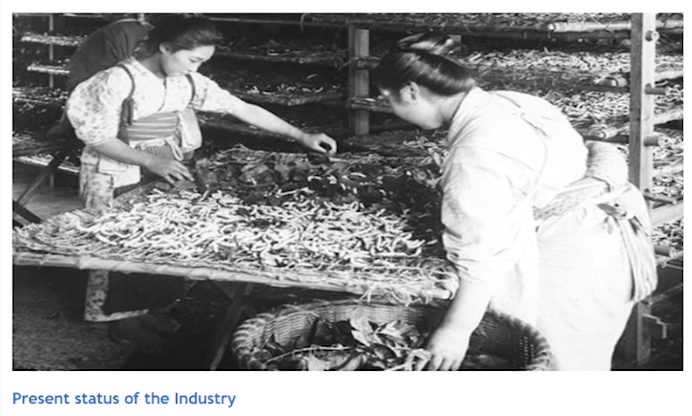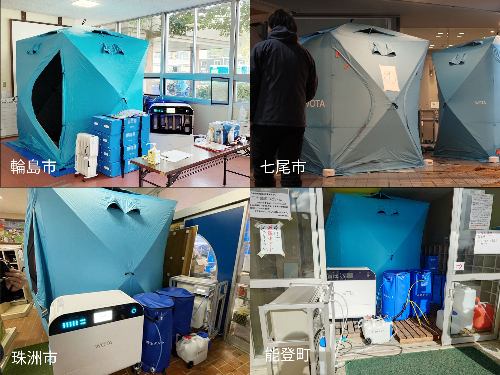J-STORIES ー 美しい絹織物の素材となる生糸を生む蚕(カイコ)を食料として活用しようという動きが広がっている。昆虫食は人口増加や資源減少の対策として世界的なブームになりつつあるが、日本でもかつて繊維産業の成長を支えた蚕を「シルクフード」として事業展開する企業が出始めた。

蚕はナッツのような味わいで、他の昆虫食と比べてクセが少なく、食品にしやすい特徴がある。通常は桑しか食べない蚕のエサを変えることで、味や風味を変えようとする研究も進行している。
ベンチャー企業、エリー(東京・中野区)は、これまでに蚕を原料としてハンバーガー、フライドポテト、ミネストローネ・スープなど様々な身近な食べ物を生み出すことに挑戦してきた。また、同社のオンラインショップでは蚕を使ったチップスやスムージーなどを販売している。


昨年4月に創業したMorus(渋谷区)は蚕のパウダー化などの製品づくりを手掛ける一方、信州大学と共同でゲノム編集技術を使い宇宙空間で育成できる品種の開発にも取り組んでいる。
いずれも、今後大きな需要が予想される持続可能なプロティン(タンパク)源として蚕の新たな可能性に注目した動きだ。
国連の予測によると、世界の人口は現在の約78億人から2030年には約85億人、2050年にはおよそ100億人に増加する。こうした人口増加を背景に、世界の代替プロティンの市場規模は「2035年までには約3,000億ドル(46兆円)に達する」(ボストン・コンサルティング・グループ)との見方もある。
記事:澤田祐衣 編集:北松克朗
トップ写真:Shutterstock
この記事に関するお問い合わせは、 jstories@pacificbridge.jp にお寄せください。
***
***
本記事の英語版は、こちらからご覧になれます。





_bigthumbnail.jpeg)





![[PODCAST] 外国人創業者が変える日本のスタートアップの形 (Part 7)](https://storage.googleapis.com/jstories-cms.appspot.com/images/1763538829673unnamed_bigthumbnail.jpg)
![[PODCAST] 外国人創業者が変える日本のスタートアップの形 (Part 6)](https://storage.googleapis.com/jstories-cms.appspot.com/images/1763000777388unnamed_bigthumbnail.jpg)







![[PODCAST] 如何打造成功的新創企業社群(第2集)](https://storage.googleapis.com/jstories-cms.appspot.com/images/1748493203370business-man-holding-light-bulb-social-network-2024-10-31-22-37-36-utc_smallthumbnail.jpg)


